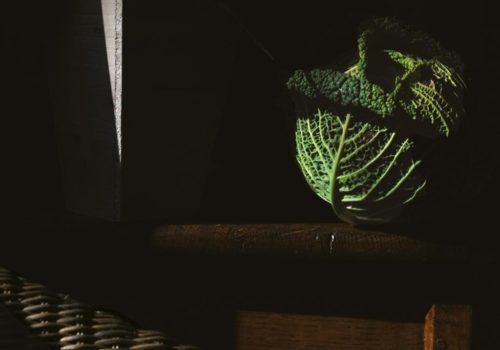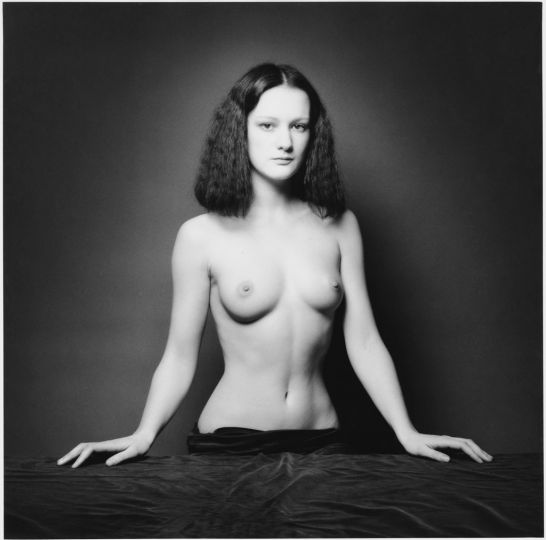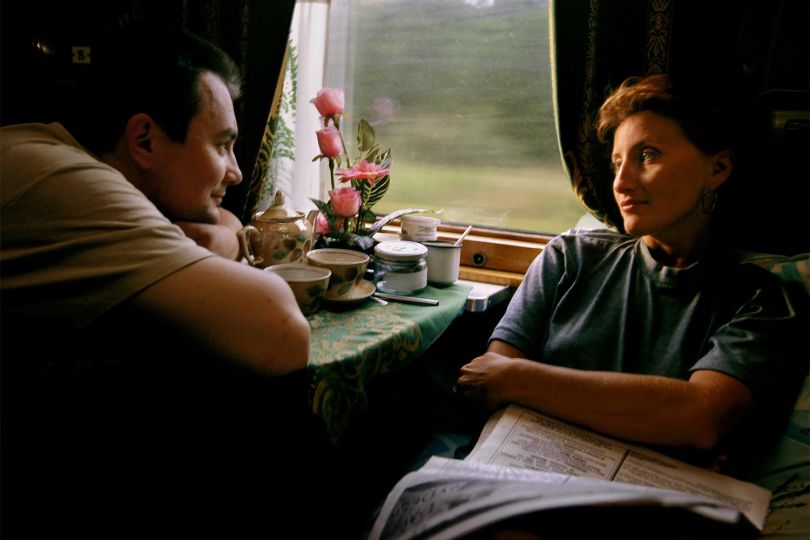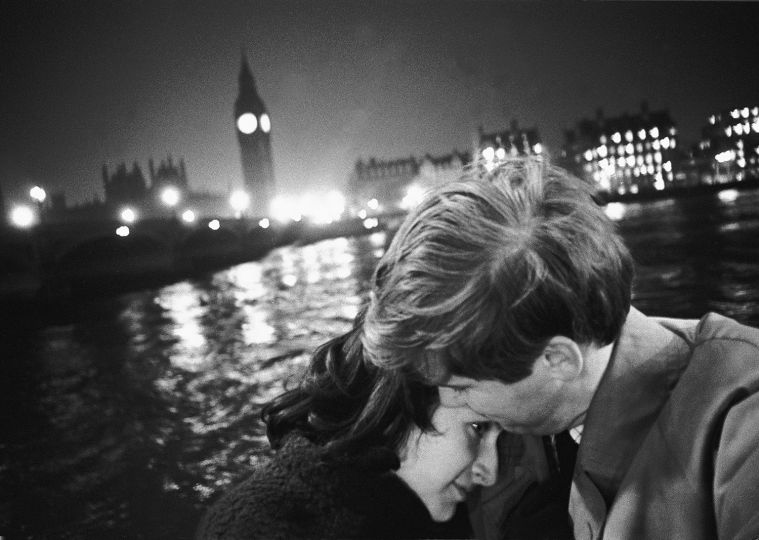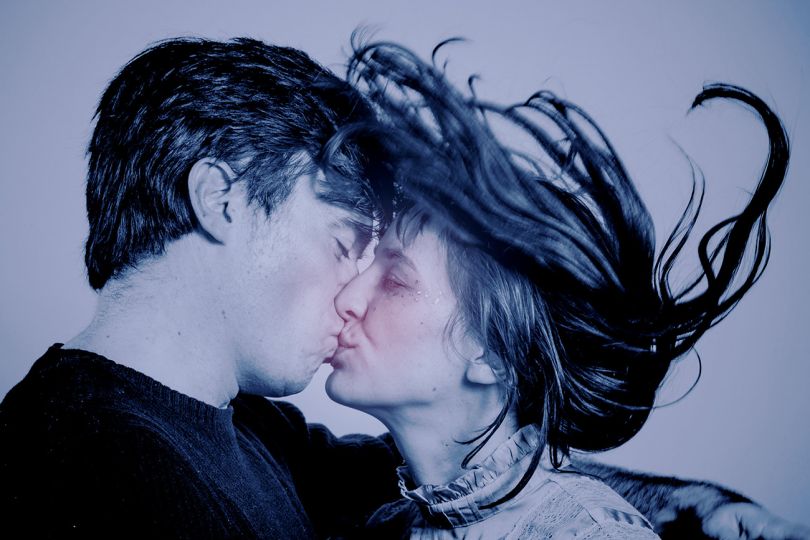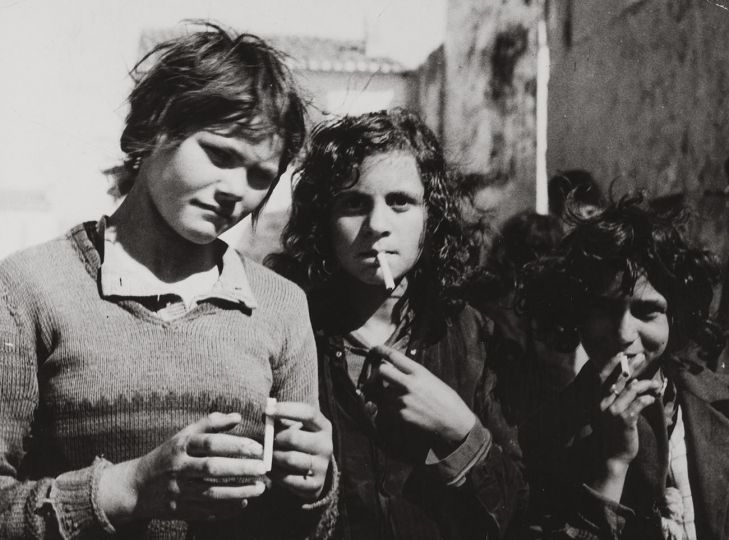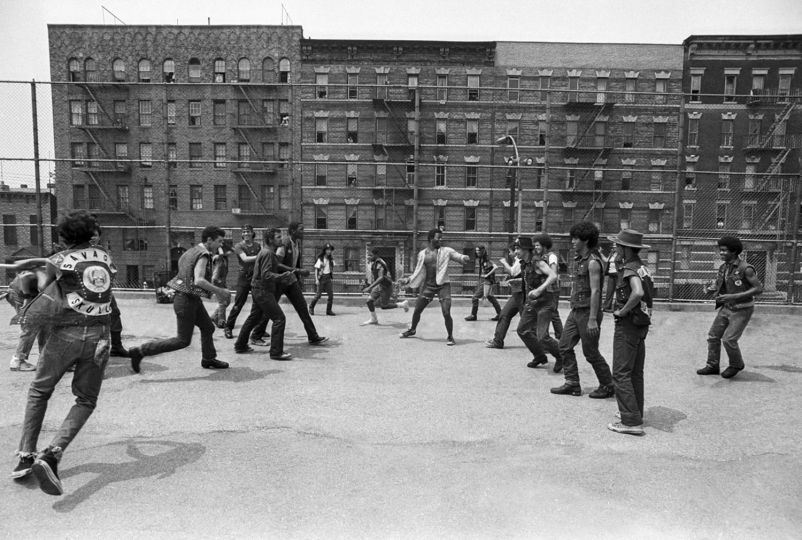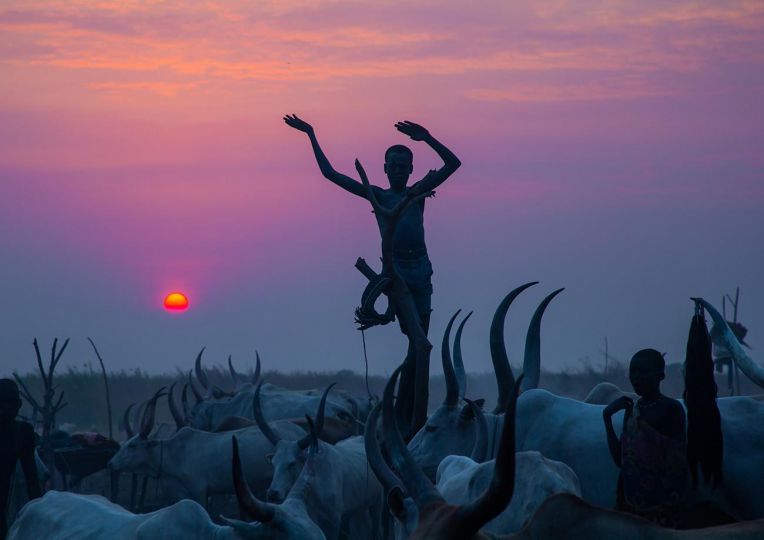Enter the 1990s. After the AIDS years, the world stopped dancing. As did Jeanloup Sieff, he who so loved to photograph dance and dancers. His photography would now follow the no-danse movement of that era. Just look at this photograph of Catherine Deneuve in the Jardin du Luxembourg. It’s cold. The star hugs herself, with her arms close to her body, staring unsettlingly at the photographer over her sunglasses, which are pushed down on her nose. There is emptiness. Her leather jacket is as elegant as ever, but no one dances any more. Catherine smiles faintly. In the foreground, a chaste white teacup and an equally white teapot stand out.
Certainly the images of Jeanloup Sieff, even his erotic nudes, have always seemed to me like sad landscapes. The coming decade will without doubt reinforce a sense of nostalgia, of loss, of the end of the world, which lingers in his images, but without any gravitas, rather with an abundance of goodwill – a golden heart beating underneath the elegant contrast of his very chic black and white. But, I ask myself, has Jeanloup Sieff really stopped dancing during the shrill and disjointed decade of Nirvana, of Margiela, of Lynch and of Nine Inch Nails?
Whereas the optimism, the visual thrust, the large, steep and powerful angles of the 1960s have disappeared from his photographs, his obsession with style in the 1970s and 1980s, on the other hand, is still there, though more discreet. The photographs have lost none of their sense of ultra-precision in composition (architecture): the manner (the elegance) with which a woman occupies a space with her body (that of the male gaze) is still his photographic theme. It comprises the shedding of clothes, the gaze, the position of the hands, and then it glides over the entire body and escapes towards the walls to a vanishing line, architecture or nature. His images remain an erotic anti-choreography, a musical composition of black and white, of shadow and light.
They still dance and will continue to do so, like a ball in the early morning, when some couples are still embraced in silence, with the noises of the awakening city getting louder, like a final recital of Marguerite Duras, or the last chansons of Serge Gainsbourg, colder and more metallic. All this still dances in his images, but more “properly”: with more simplicity and fewer effects. The photographer is certain of his gaze. He photographs a woman, or the features of a face: he captures the movement of shadows and lights, by using shadows and lights, and that is sufficient. He looks for harmony, for the essential note. He knows that one could fail or miss this moment, but also that right on the edge of failure one comes closest.
He no longer wants to capture the spirit of the times, neither to bend to it nor to subscribe to it. It is possible that he imagines having joined this non danse of the extremes (of the black and of the white), which together create a silent choreography of the face and the body in space. Physical space, but also the space of desire.
Not that Jeanloup Sieff no longer dances in this decade of disillusion, of deconstruction. But his images finally capture the imperceptible movements of shadow and light. As in his portrait of a woman based on Auguste Rodin’s Cathédrale, in which two hands are joined, symbolizing the act of creation. A woman happens to lean with her back against this marble sculpture, with the speed and subtleness of light. It is above all this imperceptible movement that freezes time, like these white marble hands that are folded in on themselves, like the gaze of this woman.
Olivier Zahm

